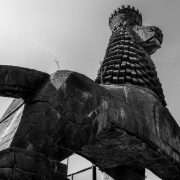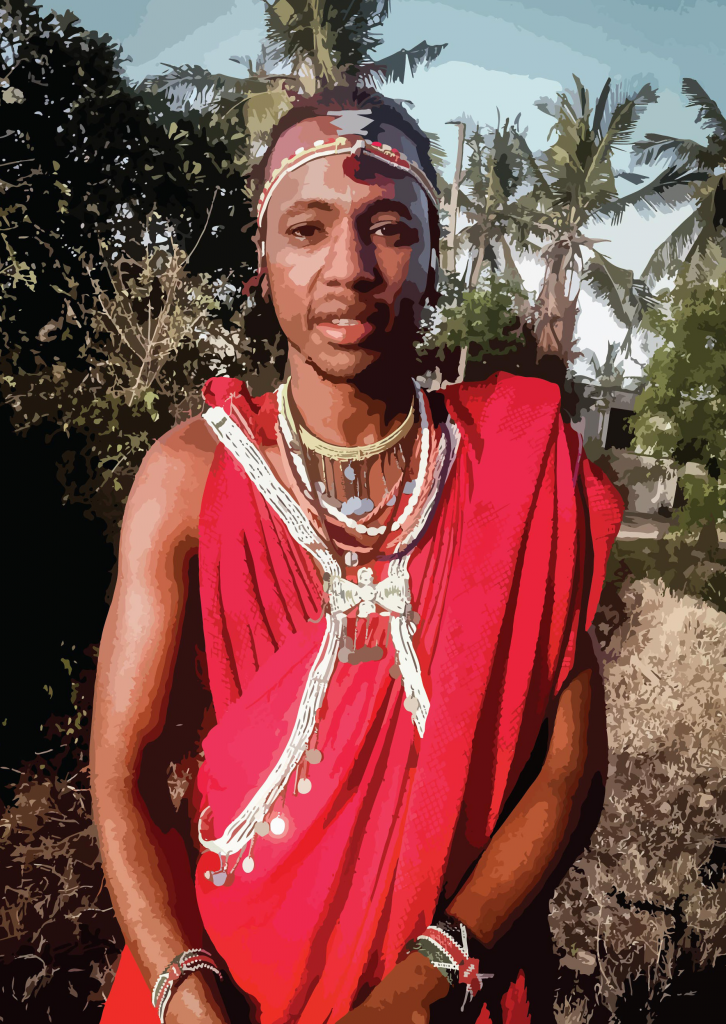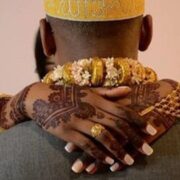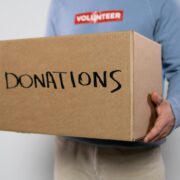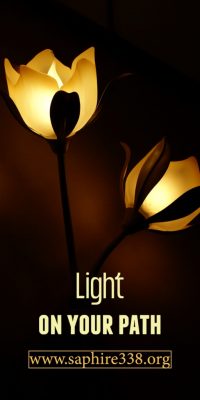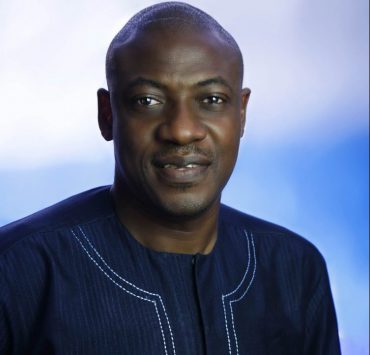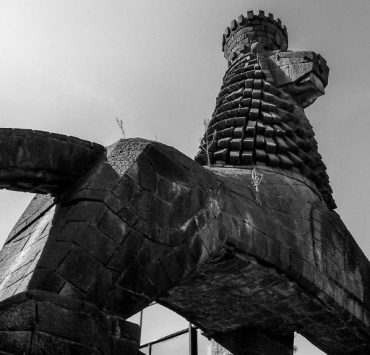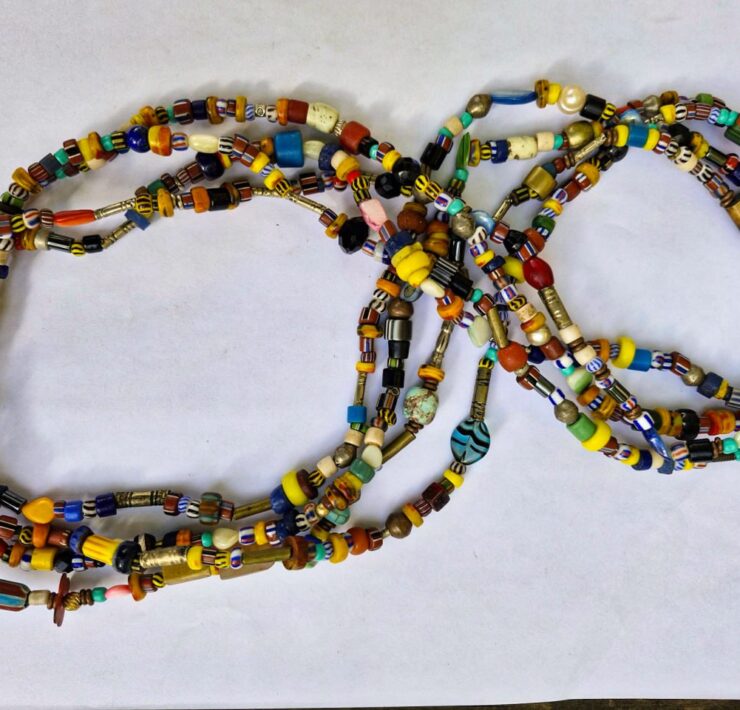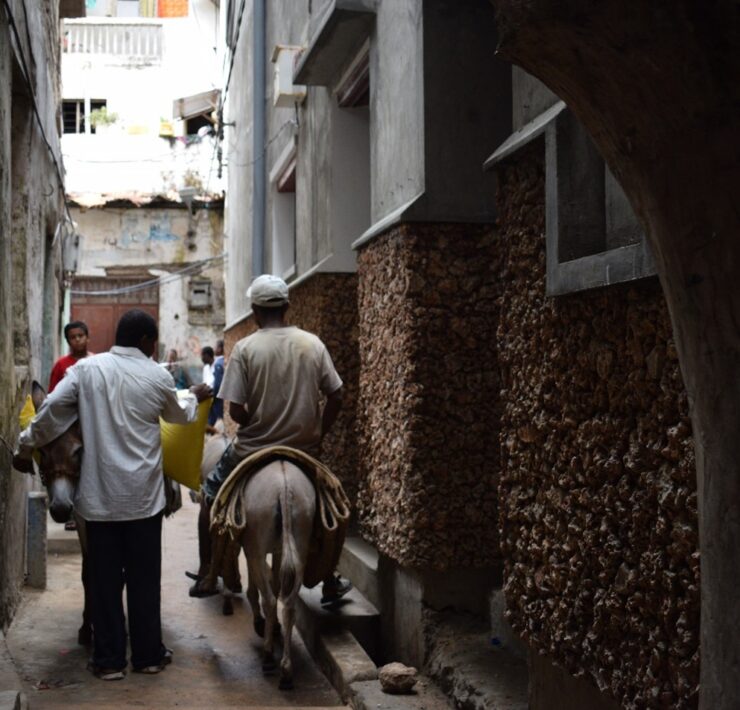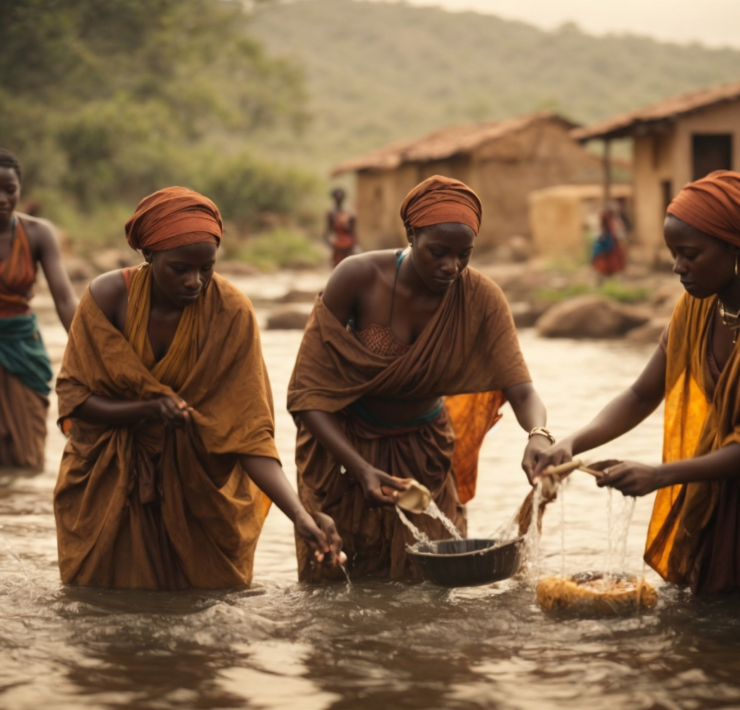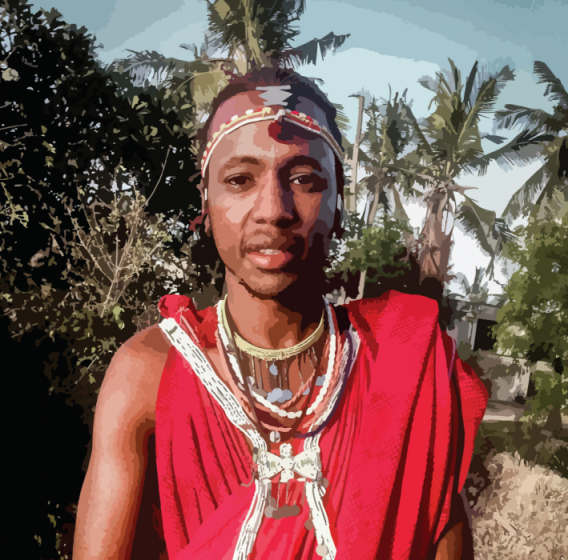
Passionate about getting God's message concerning Afrika and the end…
Read Next
THE MAASAI OF KENYA AND TANZANIA
To tame the heart of a warrior, he or she must be convinced that what they are trading it for has greater value.
The Maasai as a people with a powerfully visual cultural representation have endured for so long because within them was programmed a dominion, firerceness and independence that they saw value in and refused to let go of. That’s their strength, that’s their power and that’s their beauty. To remain steadfast in a culture despite external pressure to conform, to pursue what no other can see, to remain constant and endure changing circumstances, while remaining distinct. The Maasai people of Kenya and northern Tanzania are the seminomadic, pastoralist nation known for their fierce warriors, their herds of cattle, their ability to face down a pride of lions and take a portion from their kill, the rite of passage that involved the killing of a lion, their migratory ways, diet of meat, milk and blood and their unique dance signified by leaps into the air. They migrated from the north, around Lake Turkana, assimilating or displacing the other people groups along their path and taking up some of their cultural practices like the age-set system and ritual circumcision. Over time, their territory was so vast that it covered the entire Great Rift Valley and its surrounding areas. They resisted the slave trade and the colonialists were wary of them.
The Maasai are monotheistic, believing in and worshipping Enkai. They have a patriarchal structure, with the male elders making the major decisions for each group. They are a polygamous people and believe that both children and cattle are their wealth. Their women build their houses, the social system requires their youth to go through a ritual transition from childhood to adulthood via circumcision. The boys herd the cattle, goats and sheep and go through a transition to become warriors known as Moran and later transition again to become part of the elders. A people who are unilimited in perception of physical space,they ranged far and wide, raiding cattle and wives from some of the local communities, seeking ideal pasture for their great herds. Cows, they said, were Enkai’s own gift to them and therefore all the cows belonged to them. They had a wide range for pasture for their huge flocks, co-existing with wild animals easily and were uninterrupted, because their fearless nature enabled them to live out a dominion over creation that many gave up way too easily under the influence of colonialism.
This is not to say that they were unaffected, no. Like many other indigenous communities in Africa, the Maasai experienced the trickery and connivances of the colonialists and ceded about 60 per cent of their land in a series of treaties, without full understanding of what it meant to them as a people. The prime rich land went, of course, to white settlers and resulted in an inhibition and restriction of movement by a colonial government that was determined to tame them. This happened following a very painful period for the Maasai, when almost all their cattle and between 50-60% of their population died of disease and the effects of drought in the late 1800s and early 1900s. The sickness and drought also affected the wildlife and reduced their populations greatly. Later on, campaigns were run among the Maasai to encourage them to stop female circumcision, to send their own to school and to take up more agricultural practices and to stop the killing of lions as a ritual demonstration of courage among those who would be Morans (warriors). These things have happened gradually. I recently learned that they resisted western-style education mainly because they were told that education would make them wealthy, but they knew, I suppose what many African cultures did not, that they were already wealthy in their own right. In terms of culture and lifestyle.
Certainly, no other people group in Eastern Africa, has captured the imagination and attention to the extent that they have. In Kenya, they have become a national symbol. Their shield design appears on the flag and coat of arms of the country, they are a bona fide tourist attraction and even have markets named after them and entire roads, natural features and regions named from Maasai names. What happened to the Maasai is a stark example of the limitations of national borders and boundaries, of the restrictions of the thinking of the west and of policies that are inflexible with regard to cultural needs. However, almost 60 years after independence, they have maintained and defended a unique culture, and despite great loss, they remain with their eyes fixed on an identity that they hold to be true and strong. I’m not saying that they are perfect, but I see the beauty in remaining. For me the Maasai remain a symbol of the liberty we are all in danger of utterly losing if we don’t take care to safeguard it.
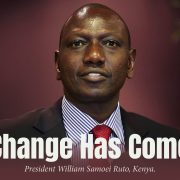 PIN IT
PIN ITIf there is one thing that the Msingi Afrika Magazine team love about the Maasai, it is the Abrahamic pastoral pattern of faith that makes a man walk away from chasing after the shadows of this world’s system and embracing a tent lifestyle. It’s golden and it’s divine.
ADD TO THIS ARTICLE
Please share your comments about this article on our website or share your thoughts with us directly. Reach us at: wehearyou@msingiafrikamagazine.com
Subscribe now for updates from Msingi Afrika Magazine!
Receive notifications about new issues, products and offers.
What's Your Reaction?
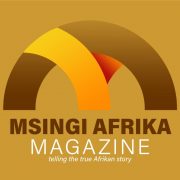 PIN IT
PIN ITPassionate about getting God's message concerning Afrika and the end times to the world, in order to heal, restore and rebirth Afrika to her true purpose and destiny in God.








